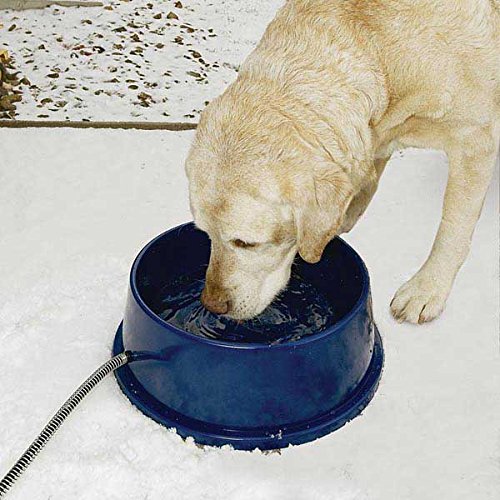Hey guys,
This will be our 1st winter with chickens on the farm. I built a 5gal bucket with the horizontal nipples, and it has been working wonderfully! Even our new hatched chicks took to it with ease. I have yet to run electric to my coop and will probably not get to it until after hunting season ends in February. I keep my water bucket in the coop with the chickens, so how do I keep it from freezing? There is some (R-1) insulation in the coop but that isn't enough to keep it from freezing. I currently have 22 chickens and (7) 5 week old chicks. My nearest electrical outlet is approximately 170' from the coop.
What do you do?
This will be our 1st winter with chickens on the farm. I built a 5gal bucket with the horizontal nipples, and it has been working wonderfully! Even our new hatched chicks took to it with ease. I have yet to run electric to my coop and will probably not get to it until after hunting season ends in February. I keep my water bucket in the coop with the chickens, so how do I keep it from freezing? There is some (R-1) insulation in the coop but that isn't enough to keep it from freezing. I currently have 22 chickens and (7) 5 week old chicks. My nearest electrical outlet is approximately 170' from the coop.
What do you do?




 . Comparing it to a Thermo Cube, it is the
. Comparing it to a Thermo Cube, it is the 


